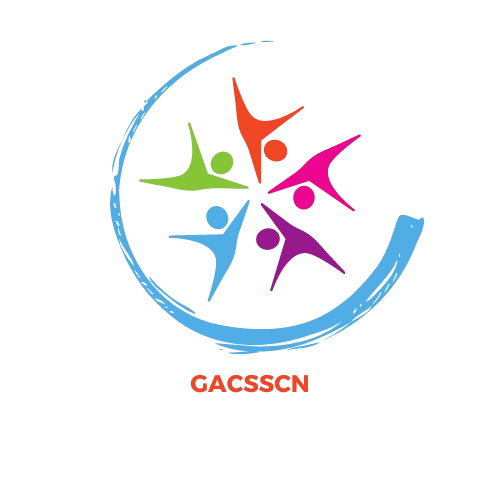Beauty is a concept that transcends time and culture, shaping human experiences, aspirations, and expressions. It has inspired countless works of art, literature, and philosophy, igniting discussions about its meaning and significance. But what exactly is beauty? Is it simply about physical appearance, or does it encompass deeper qualities? This article explores the multifaceted https://laurieseely.com/ nature of beauty, including its definitions, cultural implications, and psychological effects.
Defining Beauty
Beauty is often regarded as a subjective experience, influenced by individual perceptions and societal norms. Traditionally, beauty has been associated with physical characteristics such as symmetry, proportion, and color. However, contemporary interpretations expand this definition to include attributes like kindness, intelligence, and creativity.
Philosophers have long debated the nature of beauty. Plato viewed beauty as an ideal form that transcends the physical world, while Immanuel Kant argued that beauty is a judgment made by the observer, shaped by personal taste and cultural context. This duality suggests that beauty is both an objective quality and a deeply personal experience.
Beauty in Nature
One of the most universally recognized forms of beauty is found in nature. The stunning landscapes, vibrant colors, and intricate details of the natural world offer an endless source of inspiration. Many people find solace and awe in nature’s beauty, which can evoke feelings of peace, wonder, and connection.
Research has shown that spending time in natural environments can significantly enhance mental well-being, reduce stress, and improve overall happiness. Nature’s beauty serves as a reminder of the world’s wonders, fostering a sense of belonging to something greater than ourselves.
Beauty in Art
Art has long been a powerful medium for expressing and exploring beauty. Throughout history, artists have sought to capture beauty in various forms, reflecting cultural values and societal issues. From the classical masterpieces of the Renaissance to the vibrant colors of Impressionism, each artistic movement offers unique interpretations of beauty.
For example, the Impressionist movement emphasized the beauty of light and color in everyday life, while contemporary art often challenges traditional notions of beauty by embracing abstraction and imperfection. Art encourages viewers to engage with beauty on a deeper level, prompting reflection and inviting diverse interpretations.
Cultural Perspectives on Beauty
Cultural influences play a significant role in shaping beauty standards. What is considered beautiful in one culture may not hold the same value in another. For instance, while Western cultures often prioritize youth and thinness, many African and Asian cultures celebrate fuller body types and unique features as symbols of beauty.
Moreover, beauty ideals are not static; they evolve over time, influenced by historical events, media representation, and social movements. In recent years, there has been a significant shift towards inclusivity and diversity in beauty standards. Movements advocating for body positivity and self-acceptance challenge traditional ideals, promoting a more holistic understanding of beauty that encompasses various identities and experiences.
The Psychological Impact of Beauty
The experience of beauty can profoundly impact our psychological well-being. Studies suggest that exposure to beauty—whether in nature, art, or interpersonal relationships—can trigger positive emotions and enhance overall mental health. Beauty can evoke feelings of joy, tranquility, and connection, fostering a sense of fulfillment and purpose.
Conversely, the societal pressures to conform to unrealistic beauty standards can lead to negative consequences. Issues such as low self-esteem, body image concerns, and mental health challenges are often exacerbated by constant comparisons to idealized images portrayed in the media. It is essential to cultivate a healthy relationship with beauty, recognizing that it encompasses more than mere appearance.
The Personal Journey of Beauty
Embracing beauty is a deeply personal journey that involves self-discovery and acceptance. It requires recognizing and valuing one’s unique attributes while appreciating the beauty in others. Self-love and self-care are crucial components of this journey. Engaging in practices that promote physical and mental well-being—such as mindfulness, exercise, and creative expression—can enhance one’s perception of beauty.
Celebrating Authenticity
In a world often dominated by curated images and unrealistic standards, celebrating authenticity is vital. Embracing one’s true self and encouraging others to do the same fosters a more inclusive and compassionate environment. By recognizing beauty in our imperfections and differences, we can create a culture that values individuality over conformity.
The Role of Community
Building connections with others enriches our understanding of beauty. By appreciating the diverse expressions of beauty within our communities, we cultivate empathy and understanding. Celebrating the unique qualities of those around us not only deepens our relationships but also contributes to a more vibrant and diverse definition of beauty.
Conclusion
Beauty is a complex and multifaceted concept that extends beyond physical appearance. It encompasses nature, art, culture, and personal experience, influencing our emotions and shaping our perceptions of ourselves and others. By embracing the diverse dimensions of beauty and promoting inclusivity and self-acceptance, we can cultivate a deeper appreciation for the beauty that surrounds us and within ourselves. Ultimately, beauty is not just about how we look; it’s about how we feel, how we connect, and how we experience the world around us.
